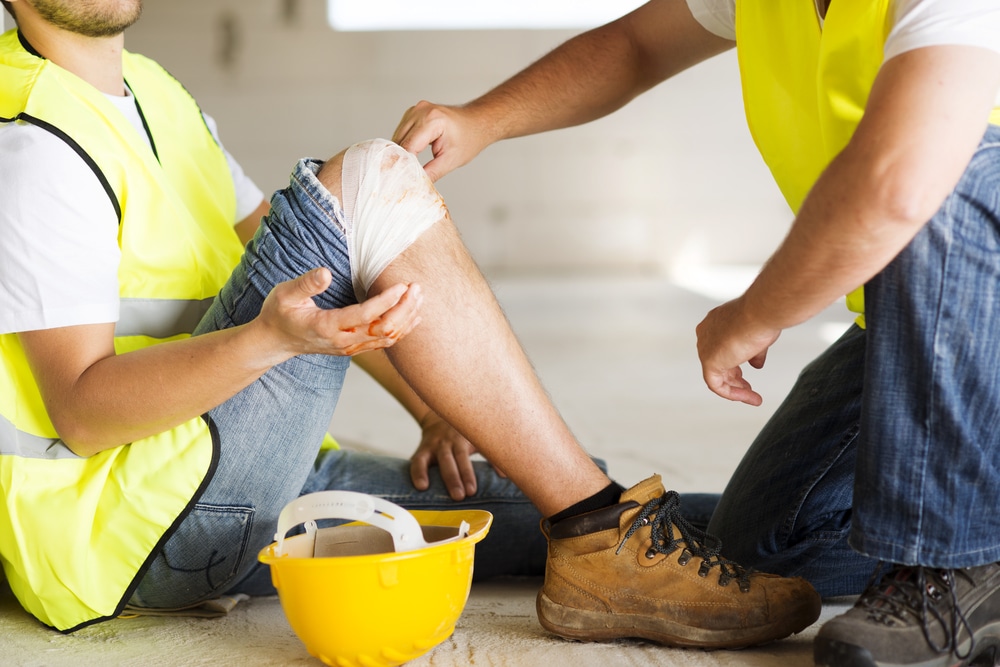
Basic First Aid Guide for Common Injuries
First aid is a fundamental skill that everyone should have in their toolkit. Whether you’re at home, work, or out in the community, going through some first aid training and knowing how to respond to common injuries can make a significant difference in someone’s well-being. In this guide, we’ll cover basic first aid procedures for common injuries, empowering you to provide prompt and effective care when it’s needed most.
Why First Aid Is Crucial
The importance of first aid cannot be overstated. In emergencies, immediate action can prevent minor injuries from escalating into major ones and even save lives. By administering simple first aid techniques, you can stabilize a situation until professional medical help arrives, reducing the risk of complications and promoting faster recovery. Furthermore, having first aid knowledge after completing Alert Force training or similar training instills confidence and empowers individuals to take control in critical moments, making a positive difference in the outcome of an emergency.
Burns
Burns can be painful and potentially serious if not treated properly. For minor burns caused by heat or scalding liquids, start by cooling the affected area under cold running water for at least 10 minutes. Avoid using ice, as it can further damage the skin. Once cooled, cover the burn with a clean, dry cloth or sterile dressing to protect it from infection. For more severe burns, seek medical attention immediately and avoid applying any creams or ointments.
Minor Wounds
Cuts, scrapes, and grazes are everyday injuries that can usually be managed with basic first aid. Begin by cleaning the wound with mild soap and water to remove any dirt or debris. Apply gentle pressure with a clean cloth to stop any bleeding, and then cover the wound with a sterile adhesive bandage or dressing. Keep an eye on the wound for signs of infection, such as redness, swelling, or pus, and seek medical attention if necessary. It’s also essential to keep your tetanus vaccination up to date, especially if the wound is deep or dirty.
Nosebleeds
Nosebleeds, although often alarming, are typically not serious and can be managed effectively with simple first aid. If you or someone else experiences a nosebleed, sit upright and lean forward slightly to prevent blood from flowing down the throat. Pinch the soft part of the nose, just below the bridge, with your thumb and forefinger, maintaining pressure for at least 10 minutes. Avoid tilting the head back, as this can cause blood to flow into the throat. If the bleeding persists after 20 minutes or is accompanied by other symptoms such as dizziness or fainting, seek medical advice.
Wasp Stings
Wasp stings can be painful and may cause swelling, redness, and itching. If stung, remove the stinger as quickly as possible by scraping it out with a fingernail or a blunt object. Wash the affected area with soap and water to reduce the risk of infection, and apply a cold compress or ice pack wrapped in a cloth to alleviate pain and swelling. Over-the-counter antihistamines or anti-inflammatory medications can also help relieve symptoms. However, if you experience signs of a severe allergic reaction, such as difficulty breathing or swelling of the face and throat, seek immediate medical attention.
Final Thoughts
Being prepared to administer first aid in emergencies can make a significant difference in the outcome of an injury. By learning and practicing basic first aid techniques, you can be ready to respond calmly and effectively when someone needs help. Remember, the goal of first aid is not only to treat injuries but also to provide comfort and support to those in need. With a little knowledge and confidence, anyone can be a lifesaver in an emergency situation.


